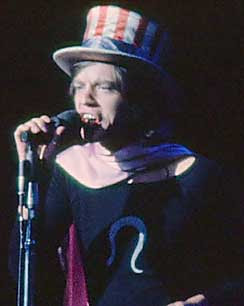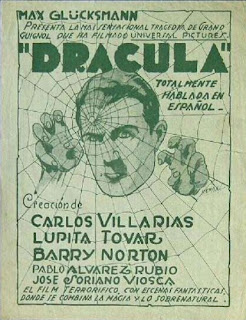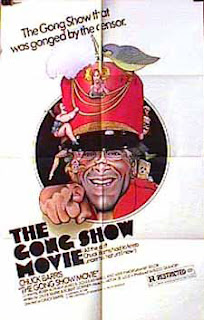 The Scoop:
The Scoop:In retrospect, it was one of the greatest mistakes in rock history. But at the time, it should have been obvious, too. Hiring the Hell's Angels as security for any event, much less a free rock festival sure to draw lots of hippies, was a Serious Error. Not only that, but they were paid with beer. It was just an accident waiting to happen, as this film by the Maysles brothers and Charlotte Zwerin demonstrates.
This captivating documentary follows the planning and execution of the Rolling Stones' infamous Altamont Festival at San Francisco in December 1969. It was meant to be a West Coast answer to Woodstock, but it turned out to be a violent, unorganized mishmash, which culminated in the fatal stabbing of an armed spectator, Meredith Hunter, by the Angels.
While the tragedy justifiably takes center stage here, there is also some terrific performance footage of the Stones at their height, as well as performances by Tina Turner, the Flying Burrito Brothers and Jefferson Airplane. And interspersed with this is plenty of shots of the boys (particularly Mick Jagger) watching and reacting to the concert footage in the days immediately following. This, combined with the filmmakers' handling of the moment of the killing, serves to best bring out the gravity of the situation.
An excellent look at the "dark side" of the late '60s and that last frozen shot of Jagger is a killer.
Best Line:
"Something funny always happens when we start that number." (Mick Jagger, onstage during the interruption in "Sympathy for the Devil," in which Hunter was killed.)
Side Note:
One of the cameramen was none other than film student George Lucas.
Companion Viewing:
"Woodstock" (1970).
Links:
IMDb.
Take a Look:
A trailer for the release of the restored print:









